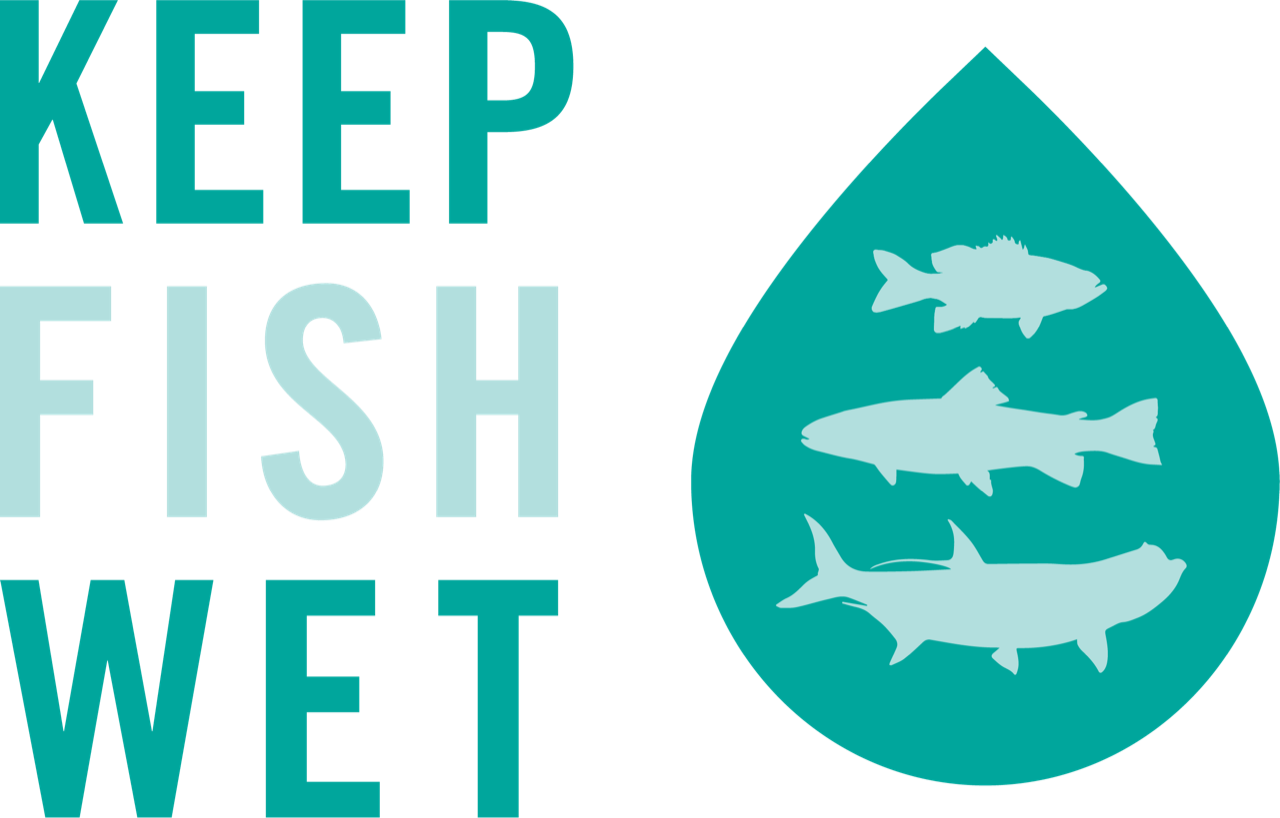The mahseer (Tor spp.) of India are a group of potamodromous cyprinids currently facing numerous challenges in their native ranges including overfishing, pollution, and hydropower development. As a result of such challenges, four of the seven Indian species of Tor have been listed as ‘Endangered’ on the IUCN Red List, including two of the most popular recreationally fished species, Tor khudree and Tor putitora.Stakeholders in the mahseer recreational fishery may serve as an ally for this group of iconic fishes, fostering aquatic stewardship and providing livelihood alternatives for poachers. Yet, information regardings pecies-specific responses to recreational fishing practices is lacking and a 2009 decree equating fishing with hunting in the Indian Wildlife Protection Act (1972) has since 2011 effectively banned angling within protected areas and rendered the future of mahseer recreational fisheries elsewhere uncertain. Read More.
Viewing entries tagged
Recreational fishing
In August of 2015 recreational fisheries researchers, managers,and stakeholders assembled at the American Fisheries Society Annual Meeting in Portland, Oregon to discuss the current state of catch-and-release angling science and practice in the 21st century. Beyond providing a venue for participants to share the latest science on the topic, there was a strong emphasis on understanding how the science relates to or could inform practice. Read More.
Recreational catch-and-release angling is an important tool for managing fish stocks. As recreational fishing is often a culturally or community-based activity, many anglers look to local grassroots and other non-government organizations (NGOs) as a source of information regarding their angling practices. Read More.




